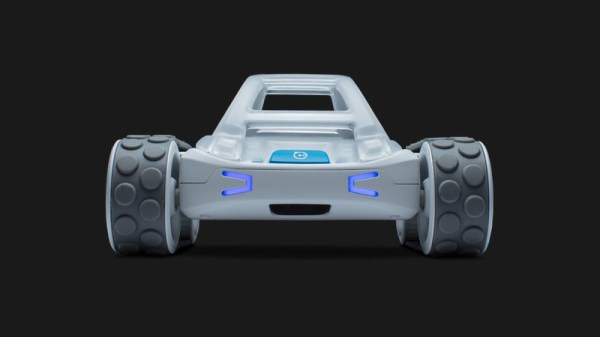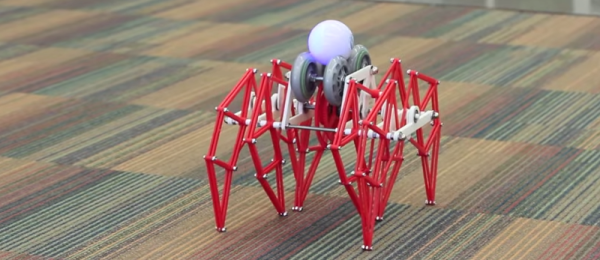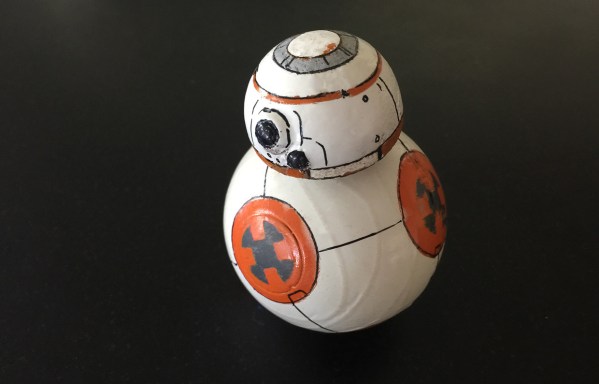Thanks to internet commerce opening up a global marketplace, it is now easier than ever for a budding roboticist to get started. There are so many robot kits available, across such a wide range of price and sophistication, that deciding which one to buy becomes a challenging project in itself. Is there room for another product in the crowded introductory robotics market? Sphero believes so, and they’ve launched RVR to explore not just workshops and classrooms, but also to see if they can find a market niche.
At the low end of this market, we can go online and buy a super simple chassis – two small wheeled gear motors and a chassis plate of laser-cut acrylic – for pizza money. At the high end, we have robots that cost as much as a car. Sphero’s RVR slots somewhere above Wonder Workshop’s Dash, but below LEGO’s Mindstrom EV3. Products in this range are expected to take care of low-level motion control details, so beginners won’t get bogged down by things like PID tuning before their robot can drive in a straight line. Sphero engineers are certainly capable of hiding such annoying details from beginners, with their experience in consumer robotics.
But a big selling point here is completely opposite from closed-box consumer electronics: RVR is built to be extensible. Not with proprietary accessories & add-on kits like many of its competitors, but with the components we know and love on Hackaday pages: Raspberry Pi, micro:bit, and whatever else willing to communicate with RVR via its UART port and powered by RVR’s on board five volt power supply. Proper care and feeding of a lithium-ion battery is also one of the beginner-unfriendly details taken care of. But RVR isn’t finalized – one of the reason Sphero stated for launching via Kickstarter is to get customer feedback. Certainly the funding goal of $150,000 (easily met in a few hours) was unlikely to be the most important part for a company of Sphero’s size.
We hope RVR will help introduce a new audience to building their own robots. When they’re ready to grow beyond Sphero’s kit, Hackaday is happy to help show the way. If you have a 3D printer, there’s never been a better time to build your own robot. (Zerobot is on one editor’s to-do list.) Those fascinated by electronics can peek under the covers of low-level motor control, and there’s always room to explore high level machine vision and neural networks.
Whatever it takes to get you started, just get started!
Continue reading “Sphero RVR’s Quest For A Niche In Introductory Robotics”





















